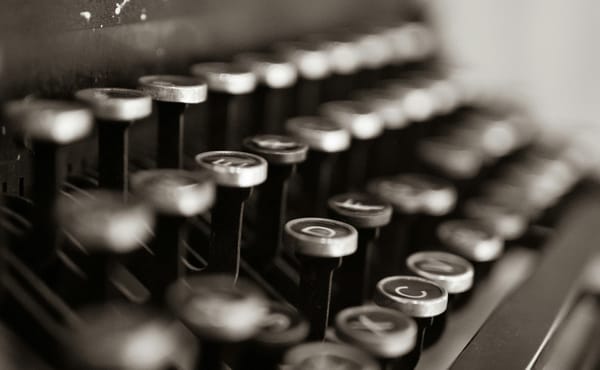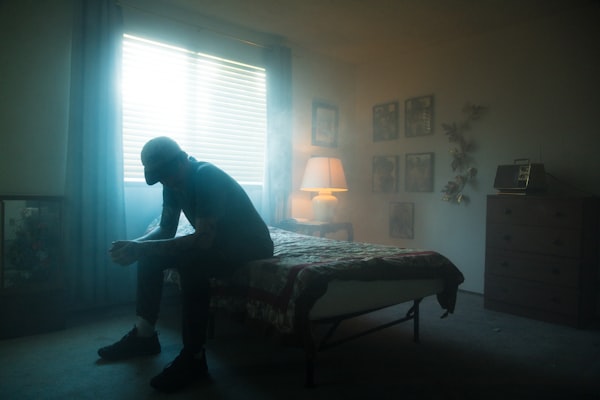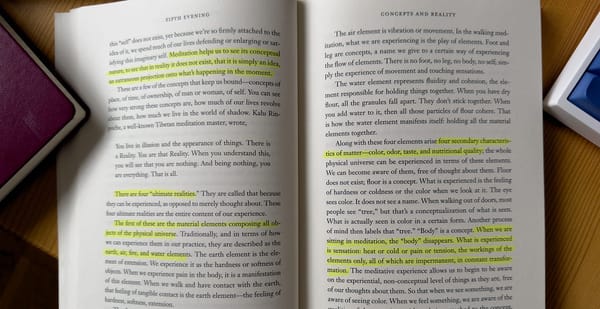A Pixelated Progress: A Look at LGBTQ Characters in Video Games
Since the mid-1980s we have seen LGBTQ characters appear in video games. This essay explores some of the milestones and significant achievements in LGBTQ Inclusion in gaming.
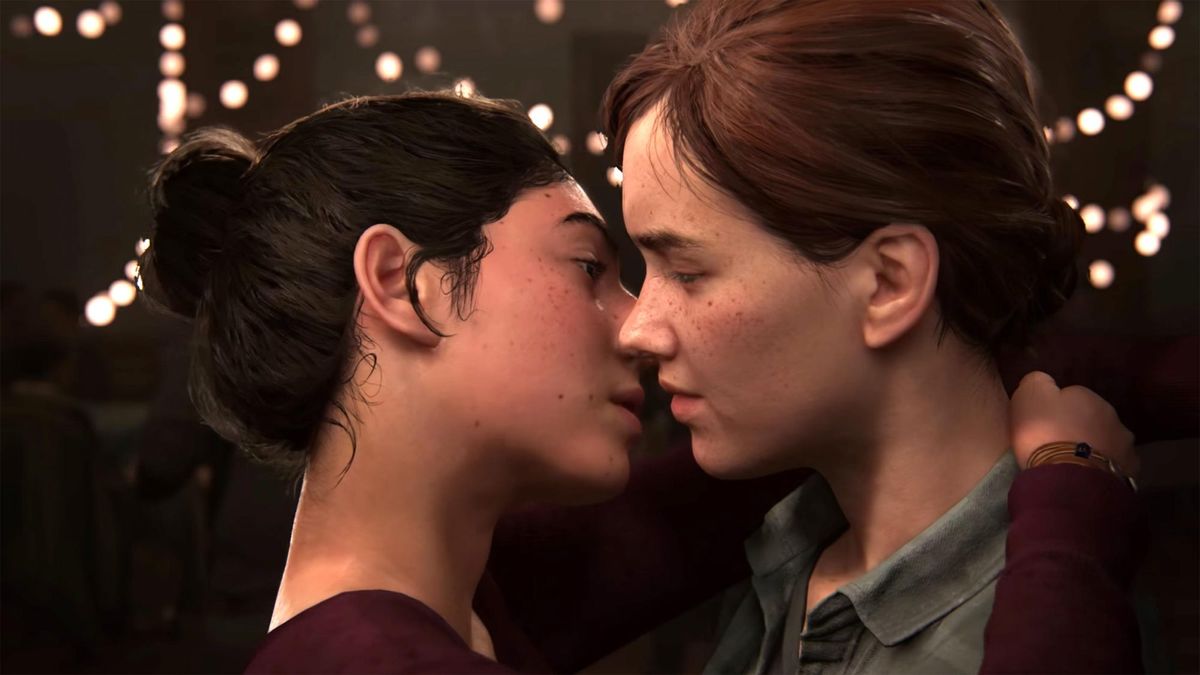
I am a gamer. I’m not a very good gamer, admittedly. I grew up during the Sega Vs. Nintendo wars and in this time, I found that video games very much became a part of me. I’d spend hours and hours trying not to drown in the underwater labyrinth level on Sonic the Hedgehog, whilst having a mild panic attack at what is possibly the most stress inducing music ever written. Decades later and I’m still playing video games poorly, mainly MMOs and rich story driven RPGs that I can get lost in; they are still very much a part of me.
As a gay man, I never expected to be able to romance a person of the same sex in a virtual world. So when I finally got the chance to, it was exhilarating. (And no, not because I was desperately single at the time!)
The power of a good RPG (Role Playing Game for uninitiated) cannot be overstated, and when you find yourself immersed into a new world of fantasy, lore and spectacle, playing a character who you can escape with makes a huge difference to the experience of the game. There is an emotional connection between the gamer and the game. This is why LGBTQ representation in video games is important. If you’re going to spend 100, 200, 500 1000+ hours in a game, for some, (and I admit this is just my opinion) being able to make a connection with the protagonist on an emotional level is essential.
Contrary to popular belief, LGBTQ characters are not new to video games, but they are still under-represented. In recent years, developers have removed options such as gender, and allow you to choose your voice, body and face to meet your specific needs – a good example where gender is not a binary choice is 2020’s Cyberpunk 2077 from CD Projekt Red. But this piece isn’t about that, nor is this an essay regarding gaming culture.
I wanted to make the focus of this about characters who were written as either gay, lesbian or trans. I have highlighted several games, characters and moments in LGBTQ and gaming history that have moved the needle in representing LGBTQ people in-game.
You’ll be surprised when the first one hit the store shelves.
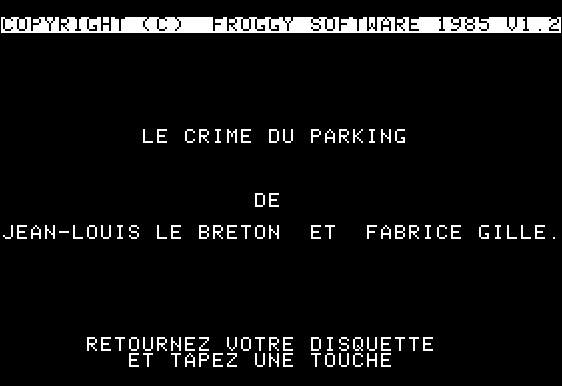
The French Revolution
Released in 1985, "Le Crime du Parking" is a French video game developed by Coktel Vision. It is an adventure game where the player must solve a murder mystery.
The game tasks the player in investigating the death of a young woman. She is found naked in a shopping trolley in the car park outside of the supermarket where she worked. As with most games of this nature in the mid-1980s the player uses text commands to navigate through the story.
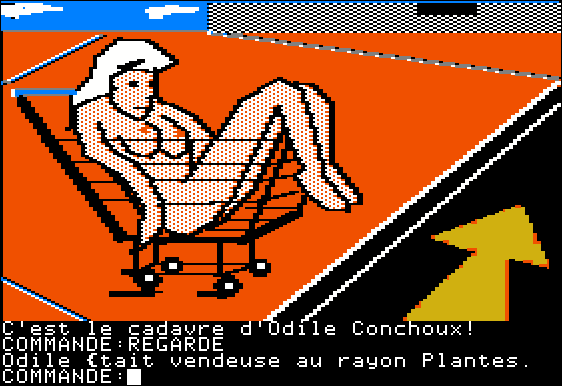
I mentioned that this was the first video game with a character who is gay – and this is true, what is also true is that the character, and spoiler, is the culprit of the murder. His name is Paco, he’s a gay drug dealer. Though you can’t play as him, he is still the first character written for a game who happens to be gay. There is a solid argument that his homosexuality is a bit of an afterthought, and considering the revelation is in the text screen show below, this probably rings true. Still, he was the very first.
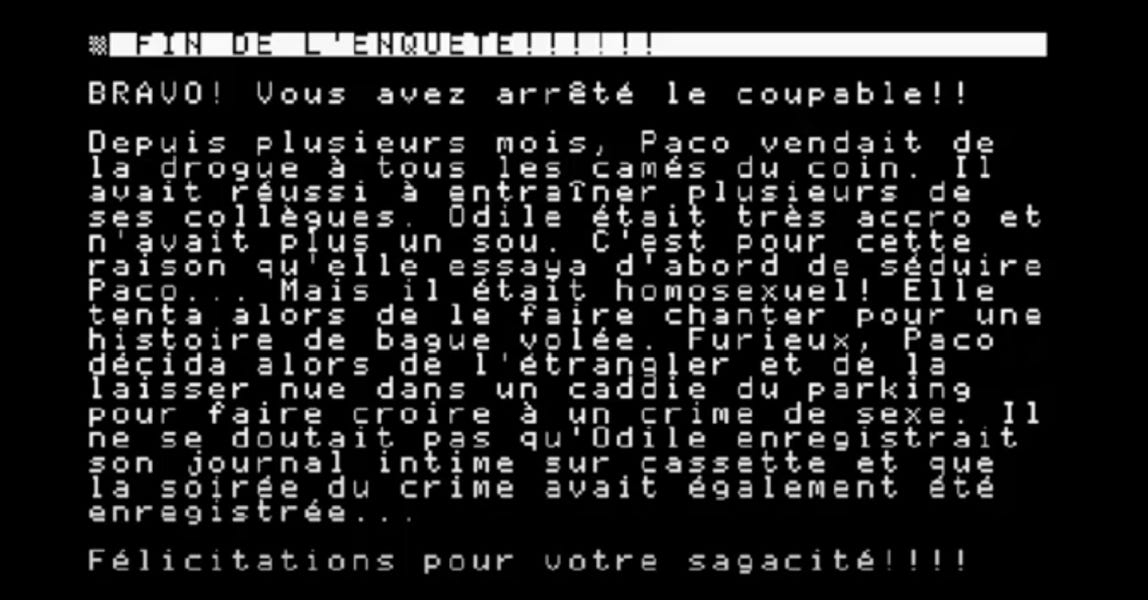
Right up until the mid-2000s, the representation of LGBTQ characters was limited at best. Lack of representation can be easily traced back to the attitudes of the time, and also gaming developers not seeing a commercial value attributed to their inclusion. However when characters were included they were often stereotypical, or simply offensive. For example, in the game Dead Rising from 2006, there is a mission where you must defend a group of gay characters who are depicted as flamboyant and stereotypical. For years, this was the norm for LGBTQ representation, characters were under developed, throwaway or used as a form of discriminatory comedy.
The Force Awakens and the Rise of BioWare
It was a while before we were able to play as a LGBT character, but NPCs, written as such started to appear, and the first one really of note – because of the franchise itself was Star Wars: Knights of the Old Republic. It was the the first time that a canon character in the franchise (including the movies, books and comics) who would identify as gay.
In 2003 developer BioWare rocked the gaming industry, by including a same-sex relationship option. This wasn’t just a first for Star Wars, but was the first ever in-game relationship with an NPC "Star Wars: Knights of the Old Republic" allowed players to pursue a relationship with a character of the same gender, the character was Juhani. According to Wookieepedia,:
“Juhani was a Cathar female and a Jedi Guardian in the Jedi Order during the Jedi Civil War. Juhani grew up on the planet Taris after her family escaped the Mandalorian assault on Cathar prior to the outbreak of the Mandalorian Wars. In addition to experiencing great hardship and xenophobic discrimination, Juhani was sold into slavery after the deaths of her father and mother in order to pay off their debts to the Exchange. Juhani was eventually freed from her servitude by the Jedi Knight Revan and his Revanchists, one of whom encouraged her to become a Jedi. She then made her way to the Jedi Enclave on Dantooine and was accepted for Jedi training by the Jedi Master Quatra.”
(Source: https://starwars.fandom.com/wiki/Juhani#cite_ref-KotOR_game_1-40)
This game was ground-breaking in several ways, including being one of the first video games to feature a playable character with the option to romance a non-heterosexual character. To be able to participate you would need to play as a female protagonist. This was a significant development in the gaming industry, as at the time, it was rare to see representation of non-heterosexual characters in video games.
Juhani's inclusion as a romance option was not heavily publicized, and her sexuality was not mentioned in the game's marketing materials. However, her inclusion was widely praised by the LGBTQ community and was seen as a step forward in terms of representation of non-heterosexual characters in video games. The game is still widely regarded as one of the best role playing games ever made.
However, with the inclusion being subtle at best. I feel that BioWare was treading very carefully with this one
The reaction to Juhani in "Star Wars: Knights of the Old Republic" was mixed. On one hand, Juhani's inclusion as a romance option for a female player character was widely praised by the LGBTQ community, who saw it as a step forward in terms of representation of non-heterosexual characters in video games. At the time, it was rare to see representation of LGBTQ characters in video games, and Juhani's inclusion was seen as a significant development.
However, some players and fans of the Star Wars franchise were uncomfortable with Juhani's inclusion and felt that it was not in keeping with the franchise's universe. Some fans felt that the addition of a non-heterosexual character was a political statement, rather than a natural part of the game's story.
Nevertheless, Juhani's inclusion was a significant moment in the history of LGBTQ representation in video games and helped to pave the way for more positive and meaningful representation in the future.
A Galaxy Far Far Away….
The “Mass Effect” trilogy, developed by BioWare and released between 2007 and 2012, is one of the most popular video game franchises of all time. And in my opinion, it is the best, video game trilogy. Hands down. No Contest. Let’s not talk about Andromeda.
One of the things that sets it apart from other games in the genre at the time was its inclusion of diverse and complex characters. BioWare was developing a history of including diverse characters in its games, and the trilogy ran with it.
The first “Mass Effect” game was released in 2007, and it introduced players to a vast and diverse universe full of different species and cultures. One of the most notable aspects of the game was the ability to form romantic relationships with other characters, regardless of their gender. This was a significant step forward in terms of LGBTQ representation in video games, as it allowed players to form relationships with characters of the same gender, a feature that was still relatively uncommon in games at the time. The relationship system in the game was praised by players and critics alike, with many citing it as one of the best aspects of the game.
In the second game in the series, “Mass Effect 2”, BioWare continued its commitment to LGBTQ inclusion by including more LGBTQ characters, including two prominent gay characters, Samara and Morinth. Their presence in the game helped to normalise same-sex relationships and make them a more accepted part of the game's universe. Also the character Jack is confirmed to be Pansexual, and according to articles at www.gaymingmag.com Sources: https://gaymingmag.com/2021/01/mass-effect-2-jack-pansexual-romance/ and https://www.thegamer.com/mass-effect-2-jack-gay-pansexual-fox-news/) pressure from right wing new outlet Fox News, forced BioWare to remove this feature from the game.
In the third and final game in the trilogy, “Mass Effect 3”, BioWare took its commitment to LGBTQ inclusion to the next level. The game allowed players to continue their relationships from the previous games, and it also introduced new relationships, including those between two female characters, Jack and Miranda. These relationships were given equal treatment to those between male and female characters, and they helped to further normalise LGBTQ relationships in the game.
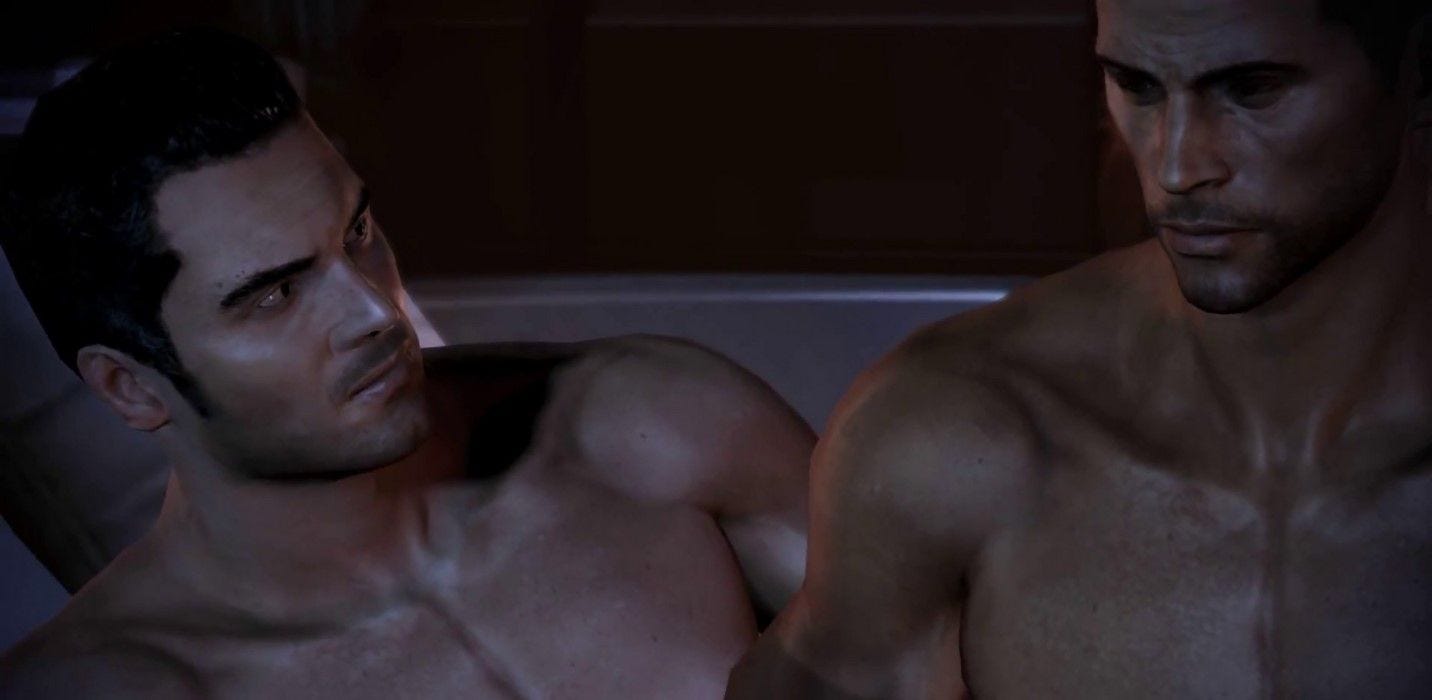
One of the best aspects of the Mass Effect trilogy is how each game connects and how the relationships develop. In the first game, for example, we are introduced to Kaiden, but you have to develop your relationship with him over the entire trilogy before becoming an option for romance.
The inclusion of LGBTQ characters in the Mass Effect trilogy has had a significant impact on the gaming industry and on players. It has helped to break down barriers and to normalise same-sex relationships in video games. It has also helped to create a more inclusive and accepting gaming community, where players of all genders and sexual orientations feel welcome and represented.
In the years since, BioWare has continued to include LGBTQ characters in games, including "Dragon Age." In "Dragon Age: Inquisition," players could romance characters of the same gender and the game's story even included a transgender character, Krem.
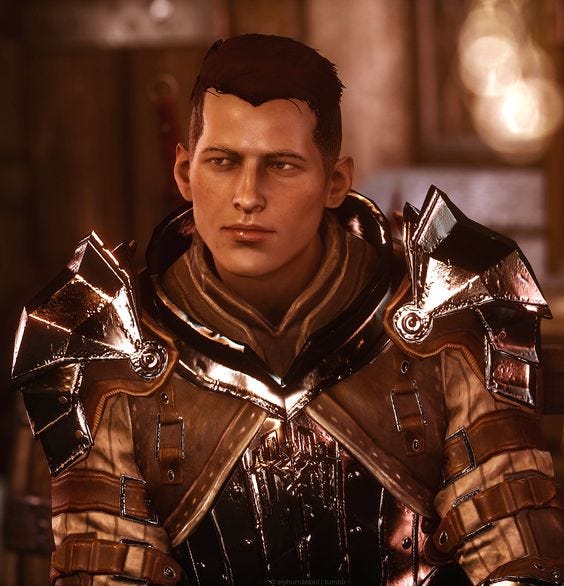
This was a first for a BioWare game. Also, “Inquisition” built into its narrative the character of Dorian, a charming and charismatic guy whose trust you must earn before you can romance him. He’s secretive of the fact he’s gay at first and as he opens up you are given a quest line to delve deeper into his past. It’s incredibly powerful and for an exclusively gay male character, unable to be romanced by a female version of the protagonist, a landmark moment in such a large and beloved franchise.
In researching this piece, I came across this article about Dragon Age Inquisition. In this reddit thread a user simply says “DA Inquisition made me accepting of LGBT”. As I read the comments, it cemented my opinion on the importance and power of inclusion in video games. Because personal growth needs to start somewhere. Take a look here: https://www.reddit.com/r/dragonage/comments/abcqi4/da_inquisition_made_me_accepting_of_lgbt_no/
BioWare's commitment to including LGBTQ characters has not gone unnoticed. The company has received praise from both players and critics for its inclusive representation and has been a leader in promoting diversity and acceptance in the gaming industry.
Despite the progress made by BioWare, there is still a long way to go in terms of LGBTQ representation in video games. However, BioWare's continued commitment to including diverse and complex LGBTQ characters is a step in the right direction. The company's games provide a space where LGBTQ players can see themselves represented and celebrated, and serves as an example for other developers to follow.
A Modern Day Romance
“Dream Daddy: A Dad Dating Simulator” is a visual novel and dating simulator video game released in 2017.
In “Dream Daddy”, the player takes on the role of a single dad who has recently moved to a new neighbourhood with his daughter, Amanda. The player is tasked with navigating the social scene of the neighbourhood and connecting with other single dads in the area, who are all potential love interests for the player character.
The game features seven different dads, each with their own distinct personalities, interests, and backgrounds. The player must engage with these dads through various conversations, mini-games, and dating activities to build relationships with them. The ultimate goal is to build a romantic relationship with one of the dads, and eventually, start a family together.
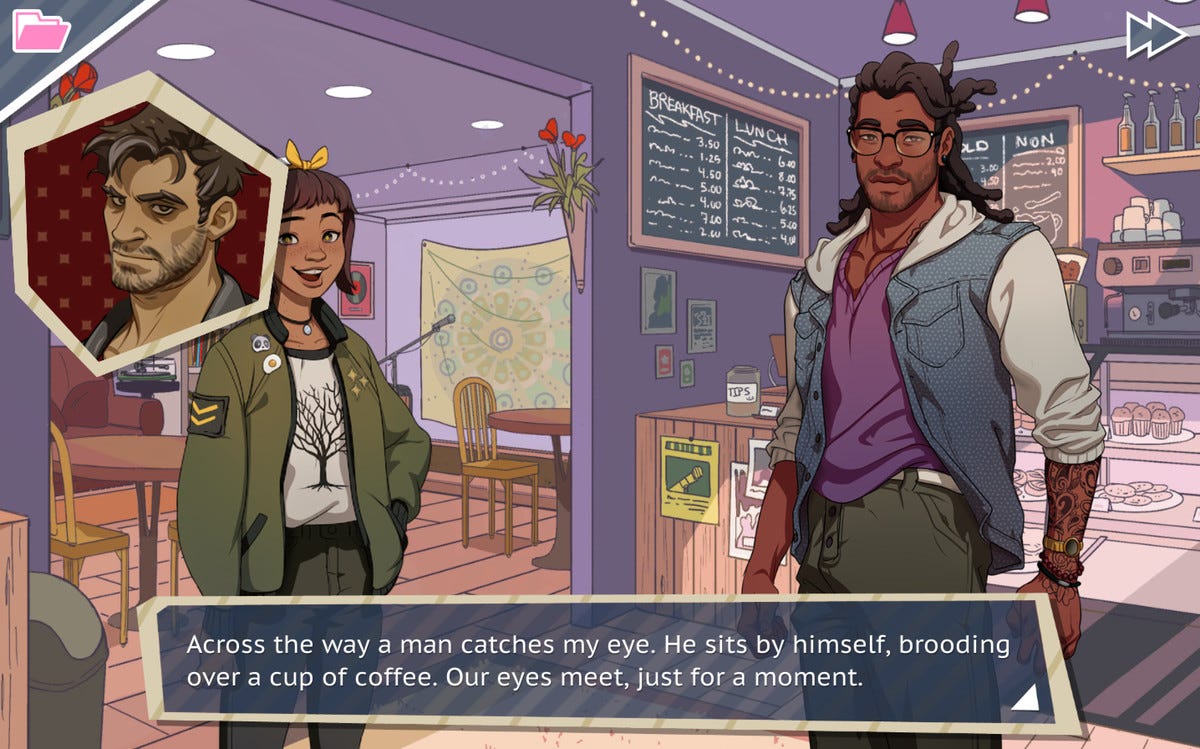
One of the most striking features of “Dream Daddy” is its representation of diverse characters and relationships. The game includes a variety of different father figures, including gay, straight, and bisexual dads, as well as dads of different ethnicities and ages. The game also touches upon various themes related to fatherhood and relationships, such as balancing work and family, single parenthood, and coming out.
The game’s humour and writing are also noteworthy. “Dream Daddy” is filled with witty dialogue and comedic moments that players can enjoy as they progress through the story. The game's writing is relatable, touching, and often heart warming, making it a joy to play. I have played this game on several occasions and there is something about “Dream Daddy”, it’s a game that really makes me smile. It’s full of optimism and whereas it’s common for drama to come from conflict, this has none of that, but a genuine and heartfelt campaign. It’s quite wonderful.
Inclusion and Mythology
In 2018, “Assassin’s Creed Odyssey”, coined by many as the best in the games franchise (in which there have been 12 main game produced at the time of writing) was nominated at the GLAAD award for in the new Outstanding Video Game Award, ultimately losing out to the MMORPG (Massively Multiplayer Online Role Playing Game) expansion Summerset, for the game Elder Scrolls Online, but I wanted to talk about Assassin’s Creed, as this game is a personal favourite of mine.
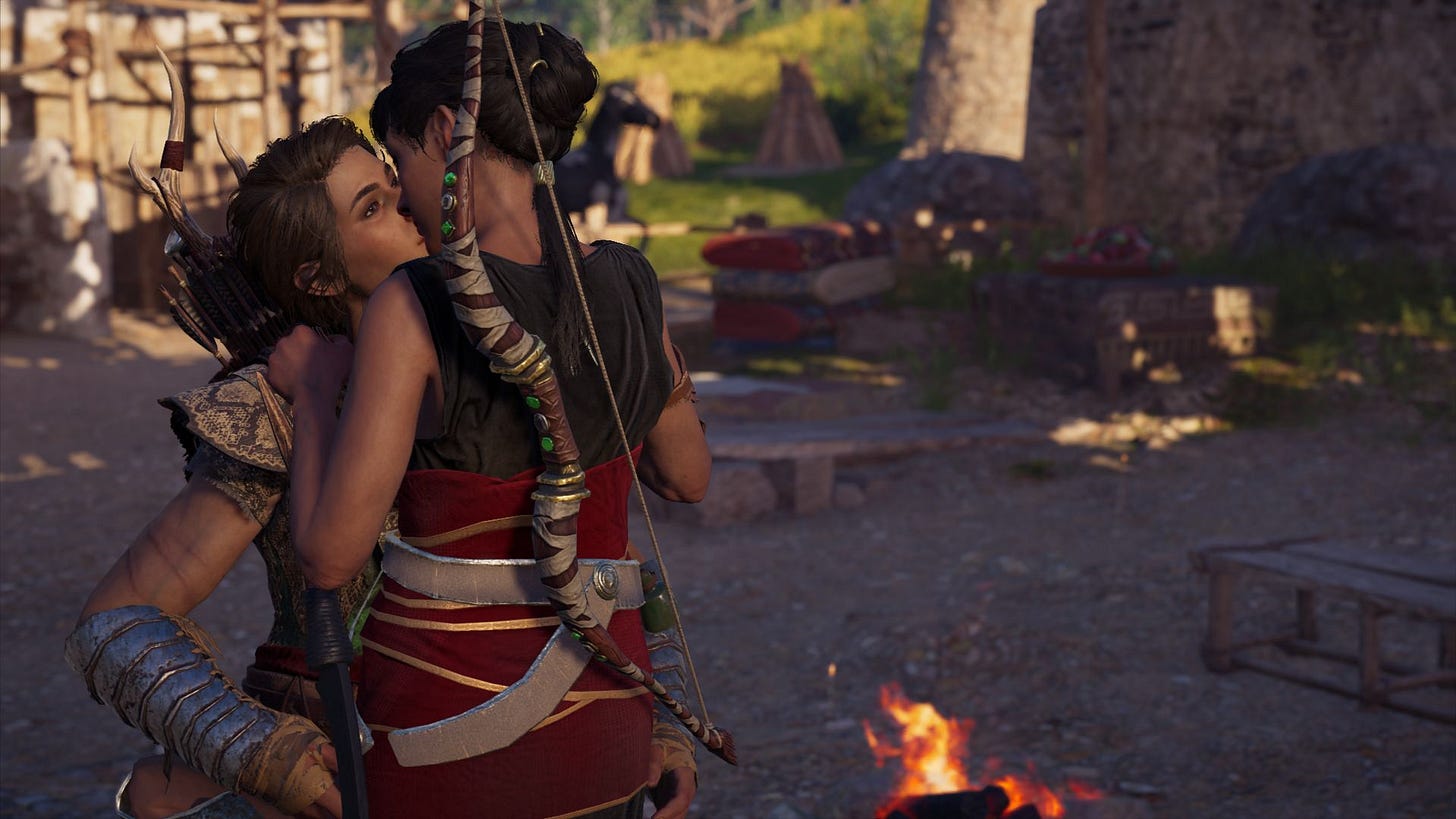
To describe “Assassin’s Creed Odyssey” as an Opus would be giving the game a huge disservice – When we talk about getting lost in an RPG, this game does it, in my opinion, perfectly.
In “Assassin's Creed Odyssey”, players are given the option to play as either a male or female protagonist, Alexios or Kassandra, who are both members of the Hidden Blade, a secret society of assassins. During their journey, players can encounter and interact with various characters, some of whom are members of the LGBTQ community.
One of the most prominent LGBTQ characters in the game is Xenia, a wealthy and flamboyant pirate who operates along the Aegean Sea. Xenia is openly bisexual and is not afraid to express her attraction to both men and women. Her character is depicted as confident and strong, breaking away from the stereotypical portrayal of LGBTQ characters in video games.
Another significant LGBTQ character in the game is Kyra, a member of the Cult of Kosmos who is revealed to be a lesbian. Kyra is depicted as a powerful and intelligent character, and her sexual orientation is not the defining characteristic of her personality. Instead, she is portrayed as a well-rounded individual who is more than just her sexuality.
The inclusion of LGBTQ characters in Assassin's Creed Odyssey is a step forward for the gaming industry. By featuring well-developed LGBTQ characters who are not defined by their sexuality, Ubisoft pushed the envelope in promoting diversity and inclusivity within the gaming community.
In addition to its representation of LGBTQ characters, Assassin's Creed Odyssey also allows players to engage in same-sex romances. Players can pursue romantic relationships with various characters, regardless of the gender of their protagonist. And though some of the relationships in my opinion lack substance and depth, I can’t help but applaud Ubisoft for what they have been able to achieve with this game.
Division and Diversity
It took nearly 40 years, and Naughty Dog, part of PlayStation Studios took LGBTQ character development to its pinnacle, (so far). In the critically acclaimed, “The Last of Us”, one of the main characters, Ellie, is revealed to be gay (in the DLC, Left Behind). Furthermore, In "The Last of Us Part II," Ellie’s sexual orientation is treated as a normal aspect of her character and story. Ellie's relationship with her love interest, Dina, is depicted in a natural and authentic manner, and is integral to the game's story and themes. It is a masterpiece is both character development and storytelling. I will not be spoiling this game. Stop what you’re doing and go and play it.
However, celebrating the achievement of this landmark game, was short lived.
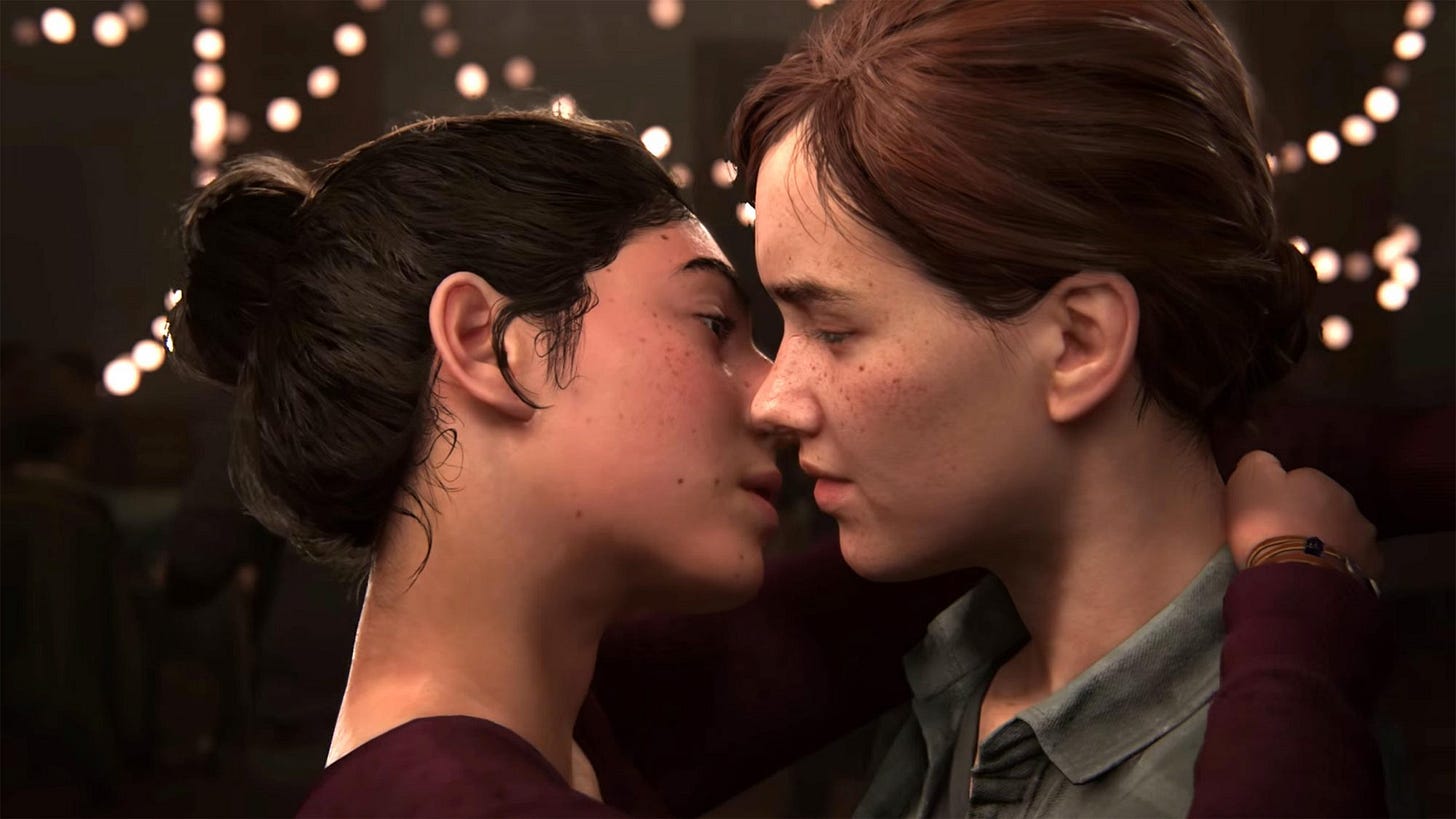
"The Last of Us Part II" faced backlash from some players and members of the gaming community due to its depiction of LGBTQ characters and themes. Some players were unhappy with the depiction of Ellie as a lesbian and felt that the game was pushing a political agenda. Though, in my opinion a vocal minority in the gaming community scream “politics” when anything progressive in nature is included. It’s hard to read some of the comments at times – because in some ways we’ve come so far but in others, it’s like we haven’t gone far at all. I am learning to tune out the hate. (and using the ‘mute’ function on twitter has proven to be nearly as useful as my coffee machine)
It's also a shame that players also felt that the depiction of LGBTQ characters and relationships was gratuitous or unnecessary, and that the inclusion of these themes detracted from the game's overall quality, of course I disagree. The backlash to "The Last of Us Part II" was not universal, and the game was also praised by many players and critics for its positive and respectful representation of LGBTQ characters and themes. Many players felt that the inclusion of LGBTQ characters and relationships added depth and authenticity to the game's story and themes, and helped to promote diversity and inclusivity in the video game industry.
Despite the backlash, "The Last of Us Part II" received widespread critical acclaim, and was praised for its strong writing, characters, and storytelling. The game won several awards, including several for its LGBTQ representation, and is considered one of the best games of all time.
However, if you look at the Metacritic scores, from the review aggregator, you’ll see there is quite a difference between the user score of 5.8 and the Metascore of 93.
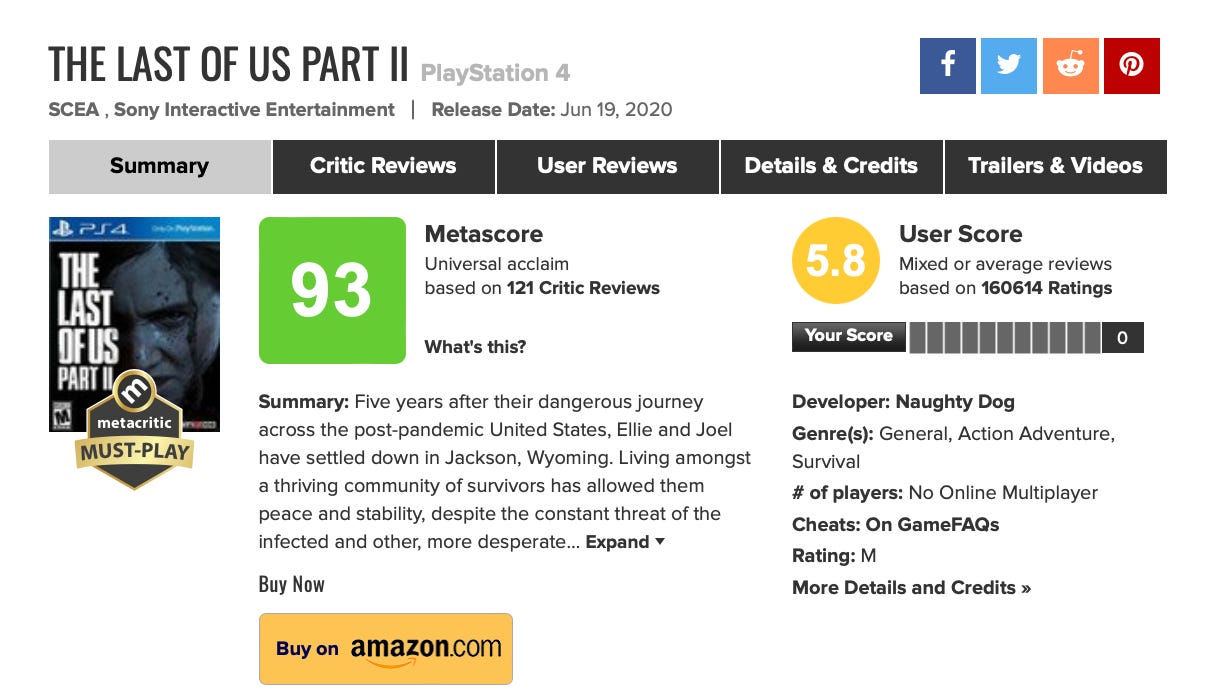
It’s possible to write 100,000 words and more on the reaction to “The Last of Us Part II”. But the issue is simply this; there are a few vocal people who play video games these days are homophobic. It’s that simple. You can try and be balanced and look at it from an academic perspective, but in a world of deep division – you’re black or white, left or right, you like marmite or peanut butter or you were one of 68,101 people who absolutely hated The Last of Us Part II (and it had nothing to do with the sexuality of Ellie). Sorry, I just don’t buy it.
“The Last of Us Part II” will go down in history along with its predecessor as one of the greatest video games ever made. It’s use of diversity and inclusion should be celebrated. Before the world got turned on its head, it seemed to be that with developers such as Bethesda. BioWare, Ubisoft and others taking commercial and creative risks to slowly introduce LGBT characters was starting to pay off. To have Tracer and Soldier: 76, in the popular multiplayer shooter, Overwatch be announced as gay by the development team and the inclusion of a character with neurodiversity (Symmetra) did not harm the game whatsoever and in fact, the sequel, Overwatch 2 is doing quite well.
But something has happened since 2018 and I can’t quite put my finger on it. ;-)

I’m going to finish this piece with something that is not gaming related, but still related the “The Last of Us”. The HBO series is currently playing and the third episode, where the story focuses on a 20-year gay relationship. It’s a landmark episode, and an astonishing piece of writing, structure, and character development. I will not spoil it. However, if you look at how this is being scored on IMDB, well. I can see some similarities -and what do they have in common? Well. I think you know.
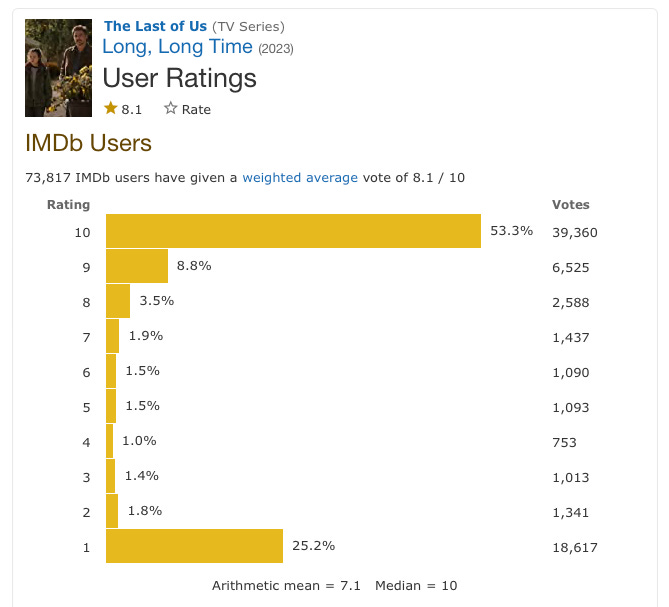
Thank you for reading, this turned out to be a lot longer than I expected and I have so much more to say on this subject, but that’s for another day.
